By now we’re all-too familiar with AI-generated images of cars, among other things. Some of them are quite artistic, and we’ve had our fun with them here in the past (links below) to create What-If scenarios. But in a Google image search the other day for a specific car, I was offered a lilac-colored image that was not at all like the real thing, although it was rather intriguing and surprisingly useful to me; it will be in an upcoming post.
When I followed this image back to its source I was surprised to find that a company called Metro Molded Parts, which makes rubber and plastic parts for a huge array of older cars, is using an AI generator to provide images as well as written descriptions, performance, collectability appeal and other metrics for every car that they offer parts for, and that’s in the hundreds. It’s presented as a “Classic Car Guide” and of course threatens to pollute Google searches, which are already becoming ever more difficult in finding genuine sources rather than AI generated answers. I clicked on a sample of them and offer them here for your perusal, but you might want to try it for yourself.
Looks semi-convincing, at first glance. But a closer look shows that these images were AI generated too.
We’ll talk about the text information later, and look at a sampling of its images first. The surprising thing was just how few cars it actually nailed, or came close to that. Yes, it does know what the iconic ’55 Chevy looks like.
But it mangled the also-iconic ’59 Chevy by giving it an accurate ’58 front end. A nice hybrid of the two, but…
And yes, it’s got the ’65 Mustang down (almost) pat; the roof has too much curvature and there’s a few mother minor details, but pretty close.
And it’s got the 1972 Mustang down fairly well, except it thinks this is a 1975 Mustang II. That’s a pretty egregious mistake.
And the 2003 version looks like it got thrown in the washing machine on the hot water setting.
But its comfort zone is quite small, and it starts hallucinating all-too often; like much of the time.
A 1941 Ford Jeep (military MB)? Looks more like a Willys coupe to me.
But for the 1943 version, it’s trying a bit harder.
And for the 1945, it decided to make it a full convertible instead of a convertible sedan, although the roof is a bit low on both of them.
It seems utterly flummoxed by some very common cars.
And others it just mixes up. It’s got the shape of the ’68-70 Mopar B-Body down pretty pat.
Especially in the case of the Road Runner.
It just keeps using it too often, as in a number of years of Plymouth Furys, like this ’70.
Here’s another complete hallucination, with no similarity to the real thing.
It’s a fair bit closer with the 1960 Corvair. It would have made a sweet hardtop, as I’ve pointed out before.
But the gen2 is being seriously mixed up with the Camaro.
Hmm…where’s the wood?
The Edsel’s iconic horse-collar grille is totally missing.
The 1960 Falcon previews the ’63 Fairlane Sport Coupe’s roof.
This presumably is supposed to be the 1963 Falcon Sprint.
It does a lot better with the ’64 edition.
It should not be surprising that this is what it thinks a ’32 Ford looks like.
Or a 1926 Model T.
It’s better with the older 1916 T, although the body behind the front seat is pure imagination.
A “customized” ’58 Thunderbird.
The ’64 is one of the more relatively accurate ones.
But that’s short-lived.
It’s trying, sort of.
The real 1960 Valiant is so distinctive I assumed some that would come through. Not so.
Let’s try a few Lincolns. This 1957 has almost zero connection to the real thing.
The ’58 Lincoln looks like it’s got a bit of ’57-’58 Cadillac Eldorado Brougham in it.
And the 1960 is previewing the ’61, to some extent.
The ’61 is the closest one to reality. A coupe would have been a nice addition to the line.
By 1970 and in the next few years it tries to meld the Mark with the Continental sedan,
How about a ’57 Olds “888”?
Olds non-Achieva.
Henry J you say?
Looks like the Mirada got downsized into a little FWD sporty coupe.
Closer to reality again.
There’s vast numbers of trucks in this database. I picked a more obscure one, the big and tall Ford N-Series of mid-heavyweight trucks. I guess I shouldn’t be too surprised to see an F-100 for the image, as well as variations of that for quite few others from this period. I guess they haven’t scraped our article on the N-Series yet.
With every single car and truck, there’s accompanying data and this write up. A CC these are not. No, these N-Series trucks did not have Twin I Beam front suspension, which only came out in 1965 was only used on the F100 and F250 pickups. It’s bland, generalized, vague, misleading and sometimes just wrong.
But let’s not be too harsh on this poor overworked AI generator; it does know what a VW Beetle looked like, although this looks more like a ’62 than a ’46.
And the ’78 cabriolet has two tops, just in case!
Here’s the link again: https://metrommp.com/classic-car-guides-ratings-features/
Related CC reading:
A link to fuzzyman’s various AI generated “What If” posts
QOTD: Is AI Ready To Replace Human Writers At CC?
The Radioactive Cars of Chernobyl – Can You Identify Them?
What If: AI Generated Cars That Never Were by T.Halter
What If: More AI Generated Cars That Never Were (But Should Have Been) by T. Halter
















































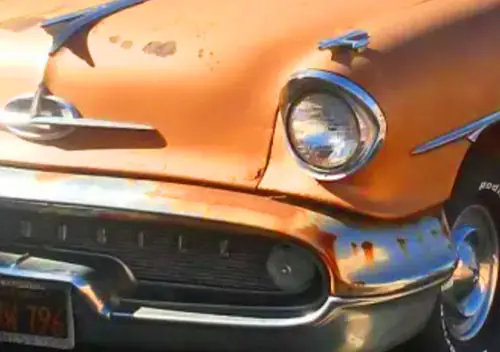
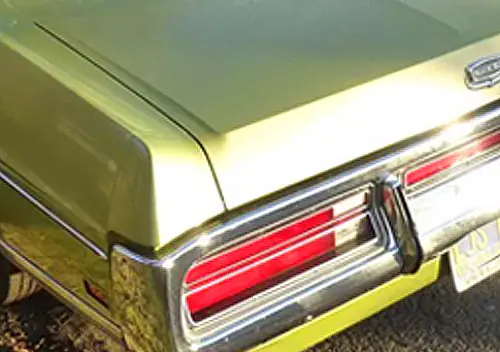
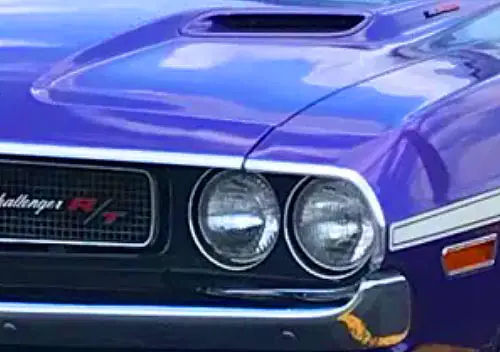

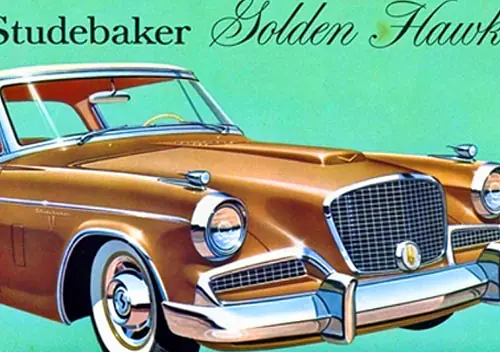
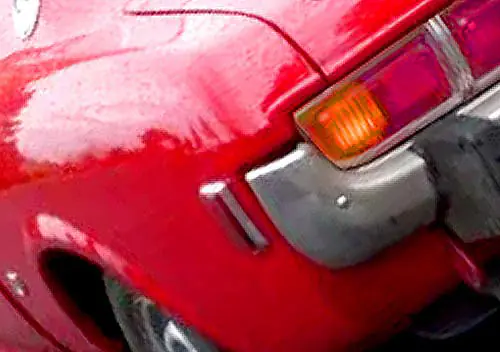
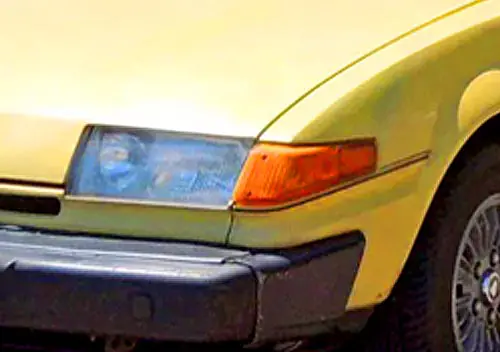
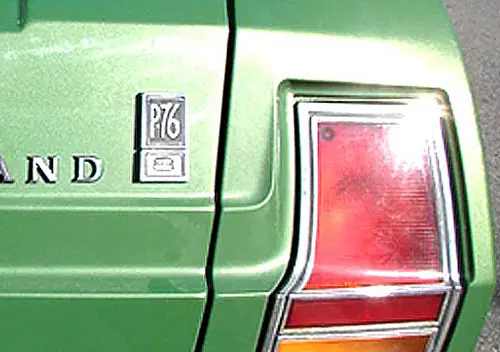
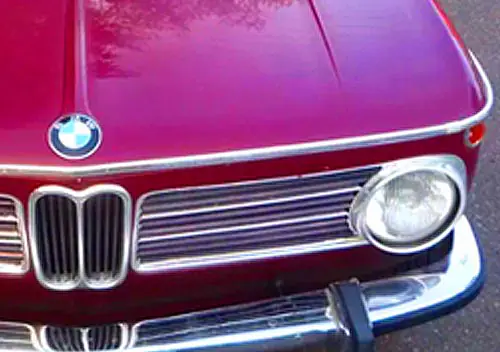
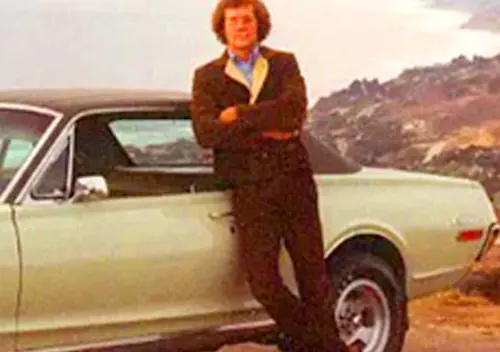

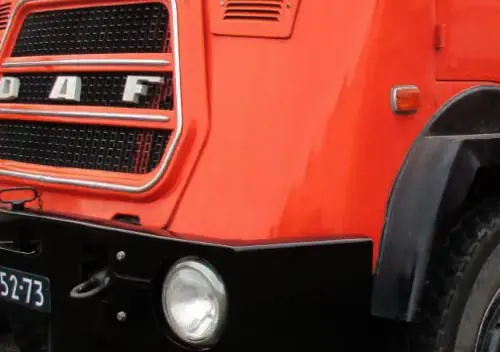
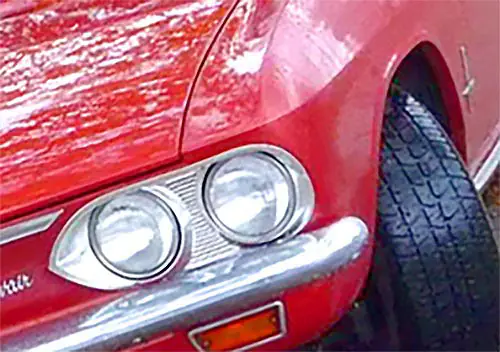
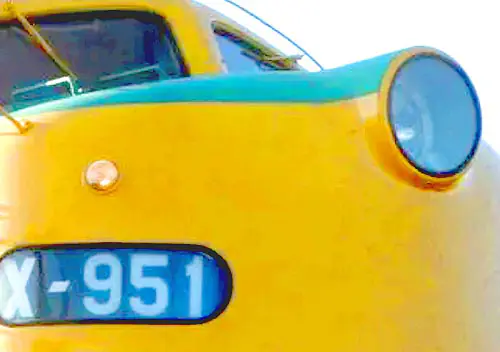
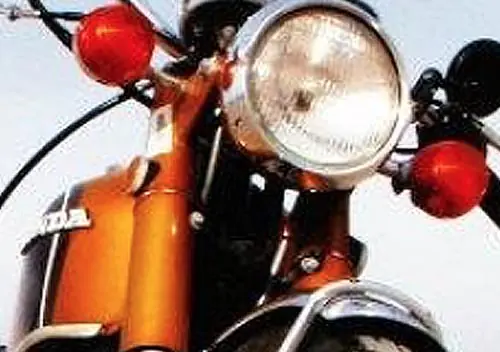
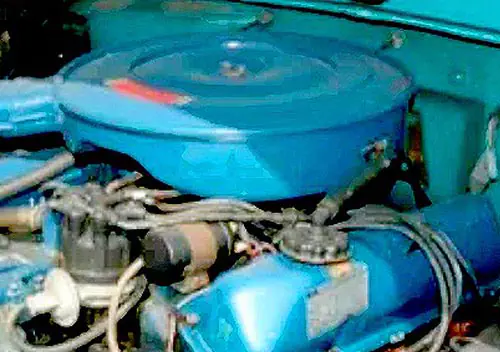
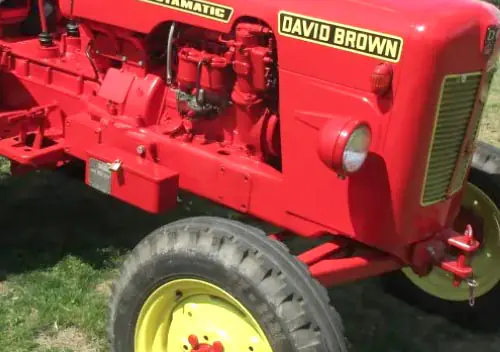
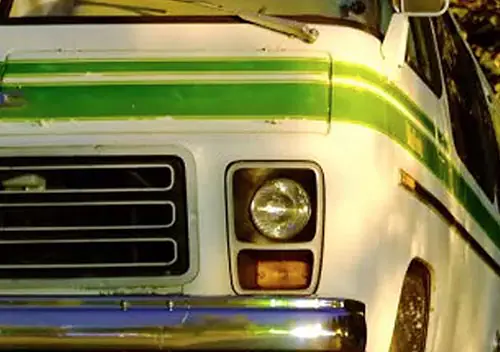

I have to say that the 1969 Corvair/Camaro mashup looks pretty good.
Certainly looks better than how it would perform…
Any ideas for the transmission arrangement on an opposing 1969 Camvair twin-engined mutation?
“…a few mother minor details,” see even humans make mistakes.
Thanks for starting my week off with a laugh, Paul. Are the generated products of these AI gremlins mis- or disinformation? Misinformation, I hope – though those three-eyed ’60 and ’61 Lincolns look ominous. More radioactive cars, sort of like “Blinky” the three-eyed mutant fish from “The Simpsons”.
AI uses publicly available references to render images. If there are not enough references that it can find, then we end up with “hallucinations”. While I could see a lack of information for a more obscure model, such as the 1937 Cord, a 1965 Mustang should have lots of references producing a more accurate representation. This appears to be the case, but I would think that almost any vehicle after WW2 would have plenty of documentation. So the image of the hybrid 1958-59 Chevy is a mystery.
I see plenty of these hallucinations on social media; people who don’t know the difference are either creating or just distributing mislabeled (or just misinformational) pictures of non-existent cars. And when some of these posters are confronted, they get pissy for getting called out. I guess they don’t like being corrected/scolded. I think eventually, enough of this misinformation will become commonplace and younger enthusiasts will have no idea they’re being taken for fools.
Were I the owner of the website shown here, I would be mortally embarrassed. If the information put out by their media team is this bad, a potential customer could logically wonder what else is suspect about the operation?
As a user and maker of 3d models, I’d definitely reject this place. I expect most people who use these models in scenes are acquainted with the real thing, so the worst examples won’t sell.
You missed the wildest hallucination of all, the 1972 VW type 2! Air-cooled VWs that aren’t Beetles look too Beetle-like in general. It nailed the Rabbit though, with the sole exception of giving the 1975 model only a Simca 1100/Zastava 101-style slanted deck.
They caught this same website at The Autopian recently as well. https://www.theautopian.com/this-car-parts-site-is-a-dazzling-example-of-the-madness-of-ai-but-its-kinda-fun/comment-page-1/
Most of the ones I see on ‘Youtube’ are just fantasies. Lets get real. In the next year-if not sooner no American car manufacturer will make a vehicle that is NOT an SUV. These renderings should come with a warning-‘For entertainment purposes only’, so take it for what its worth.
That ’60 Dart has a Soviet vibe to me. AI may well be the death of us all.
I felt that Soviet vibe to.
Perfect source for images to be used in advertising where the vehicle cannot identified. I think Paul did a great CC on this. Most recent example is a Nissan TV commercial with where the sales prospect gets out of car no one would recognize – a Saab 9000 in this case.
We’re doomed .
-Nate
The best use of AI that I have yet found is the plethora of AI-generated cat videos coming out of China.
Hilarious and horrifying.
Where did all the stray grille influences come from? Willys Aeros? Frontenacs or Beaumonts? The Hudson-Nash Hash? BMC (e.g. Austin 1800)? Exner’s wastebasket?
The Cord rendering, in particular, ought to get somebody outed.
It’s consuming too many what-ifs polluting the internet. But maybe garbage in – garbage out is how we defeat it. I’ll try to keep up the bad work.
So does Metro Molded Parts make parts for these Frankensteins? Or for the real thing? Think I might just go elsewhere.
Looking at the ’60 Valiant and Dart, I somehow feel that in this AI alternate reality, Exner got the boot in ’57 and someone else got the styling reigns at Chrysler. Perhaps a young Dick Teague…
All generative AI programs make mistakes, hallucinate, and get things confidently wrong. So it makes relying on their output for all but the most non-mission critical tasks impossible. It has made most consumer products it is embedded in worse. Google search has gotten so bad that people are trying to find ways to turn it off because it makes results worse. Apparently, from and M.D and software developer I know, you can disable it by cursing in the search. Might have to try but don’t know which curse would work the best. There are so many.
How about AI predictive typing on some platforms? Simple use case and it drives me crazy.
Tip of the iceberg, really. For the first time in history, AI will render the widespread need for manual, physical labour, redundant. Millions of upon millions of people will have limited value to those in charge. With only skills, that can now be automated..
Well said, Daniel. This is perhaps the primary reason why this all makes me so sad and powerless. We’ve spent the last 100 years automating as much as we can without considering the effects that will have on a large percentage of our workforce, and that’s before we get into stunted critical thinking skills, intellectual laziness, and an inability to sniff out falsehoods. Or worse, nobody will care that those things have happened.
With regards to technology, I only follow independent journalists. Some are suggesting the rush by technocrats to automate so heavily, is to take the human element out of the system ASAP. Besides cost-cutting, of course. Allowing AI to make life-changing decisions, regarding large swaths of the population. It is already here, as we see in the news. Even mainstream news has been reporting for years, to anticipate an on-going divide in society, between the have and have-nots, based upon adaptability, and ability to learn technology. The best writers suggest, to prepare for a Lord of the Flies-like society. As many personal rights, and protections, have already been lost. Some suggesting, large volumes of the population, will have no career mobility. That class, may face abandonment. Why some more progressive/better-anticipating countries have discussed universal basic incomes, in the recent past.
AI making life-changing decisions is rather sad. I knew someone who took his whole family on a road trip, entirely planned by AI. Quite a far cry from my lengthiest road trip – hitting the road in 2005 in an ’83 300k Mercedes 300D, driving from South Carolina to the Texas coast with just a paper map. Yes, we did have cell phones, albeit rudimentary ones that were barely capable of sending a text message, so they were largely useless.
Right….. LOL!
From what I can tell, the entire company seems to be run by robots. The text is AI. The pictures are AI. I’m thinking that the whole thing was generated by a single person who fed a spreadsheet of prompts into some generative AI engine and this is what popped out the other side.
Fortunately for whoever did that, his extraordinary low overhead means that he won’t lose too much money if nothing sells. While he’s managed to flood a variety of ecommerce sites with “Metro molded parts” listings, my cursory scan shows that Metro Molded doesn’t use or reference many (any?) actual manufacturer part numbers. So, in fact if I were searching for a spare tire retainer hold down nut for that 1971 Town and Country, and I didn’t first go to the Metro site and drill down for it, I’d have no way of actually locating that part on the gazillions of other sites it shows up on. They all use the part number generated by the robots at Metro Molded…which of course is meaningless nonsense. I would doubt that Amazon or eBay (for example) even “know” that they have Metro’s parts for sale. It’s just one set of robots talking to another.
Pollution indeed. A total waste of electrons.
That’s the Chevy-est looking Chrysler this Aussie’s ever seen!
Gross. Shame on them. This puts a big dent—which will not buff out—in my formerly-high opinion of MMP. This particular clue costs almost nothing; if they’ve gone this lazy and sloppy, careless and thoughtless in their marketing, then it’s probably not the only place they’re doing a slapdash, crummy job of things, number one.
Number two, yeah, this is seriously damaging in the broader world. No way I’m putting any money toward it. Screw those clowns.
I consider it useful. As it points out to regular car guys, in a palatable, humorous way, the risks of AI. This is small fries, compared to the wrongs that can evolve if AI is used maliciously, on a societal level for example.
Well, that’s definitely a glass-half-full argument, and actually one that resonates when I think about it. I mean, who is actually shopping Metro Mo(u)lded Parts other than car guys? Perhaps these folk(s) have just shot off their foot with this turn to AI and the moronic results that are mostly/only apparent to their target market.
I definitely agree with Paul and Daniel that the bigger damage (the not entirely humorous effect) is to the broader world.
I can’t say it better than you guys. Bad 😡
Stats already say, AI can/will eliminate a significant part of the current workforce. I do think a younger demographic sees the risks, as they will have to manage in this technology-controlled world. As I said further above. For the first time in history, much physical labour, and repetitive work, will become redundant. Will any one save those people? I don’t have my fingers crossed.
Many seem to be walking towards a cliff, with no idea. Or they are safely in retirement, and don’t feel, it will impact them. Change and risk, will be overwhelming. Much of the working class, will have no value to the very powerful. Especially alarming if those running the show, lack empathy, or care, for society.
What if AI makes a life-altering mistake with regards to you? What recourse will you have, in a fully automated, detached system? In a society run by people, you expect them to be malleable to a degree.
Not to mention, accountable to a degree.
No doubt all of these AI- generated cars are driven by people with six fingers.
Another point to make about the “1959 Impala”. Not only does it borrow the 1958 front end, it also looks ahead to the 1960 side spear.
So I’m just trying to think how AI must think, it must be frantically paging through google images of the year, then the make and then the model and averaging out the results, right? Like for 1971 Dodge Colt it probably got a whole bunch of results for 1971 and Dodge which could semi approximate that anonymous muscle car it came up with, where the naturally fewer hits for Colt buried it. That’s probably why all the 80s cars have such an oddly generic 80sness to them, it’s getting mostly hits for Mustangs, Camaros, Supras etc for a given year and then paints a picture approximating those and throwing on a few token details of “Thunderbird” or “Aries” or “Mirada”
It’s humorous but also incredibly depressing. I see a few AI generated cars on clickbait YouTube thumbnails come across my feed lately, usually with no more than 4-500 views but I weep for whoever’s watching those.
It doesn’t “think”, it just sort of associates. If you imagine a Google image search before AI, and if you searched 1971 Dodge Colt, you would get some pictures of the actual car you want, some pictures of a 71 Dart, some pictures a 71 something else, etc… The AI has sucked in all that data, and shoots out a guess about what you’re asking for based on the image associations it has. Every time you ask it runs a fresh query and may generate something else entirely depending on how it runs through it’s program. It doesn’t understand anything, not a year, or what a Dodge is. Just, it seems like it’s this, here you go
What’s odd is that if you do a Google image search for “1971 Dodge Colt” there’s gobs of accurate (or quite close matches) results. Some are off by a few years, but there’s not one large Dodge except for one Dart quite a ways down.
Of course now the damn purple one from MMP shows up. For that matter, I’m suddenly seeing these MMP “cars” in many/most of my searches. I’m a bit concerned that we’re giving them search credibility by linking to them. maybe I need to delete this post?
As someone observed many years ago”artificial intelligence posits the existence of artificial stupidity”
I think this a perfect example of lab grown idiocy
Curiously, there does not seem to be a single purple car in their parking lot. 😉
https://maps.app.goo.gl/tvu9o5PxFaTXqCzb8
You just HAD to, didn’t you?
In a sane world, AI would be totally, completely, absolutely illegal.
I saw Terminator when it was new in the theater.
Excuse me, I gotta go shake my fist at a cloud.
Some of these make me think of The East Glows.
https://www.curbsideclassic.com/auto-biography/auto-biography-in-search-of-the-east-glows/
I’ve noticed a number of sites using what seem to be AI-generated images recently. Here’s what shows up on Ecklers.com for a 1964-1965 Falcon which seems to be very similar to the ones above. Not too bad a rendition, but some details like the grille and the trim/stamping on the side are just wrong. And the rims are an interesting touch — 4 lug, but vaguely like a Torq Thrust.
Too Easy…
Try BMW & Borgward for some real hilarity. Especially the Isetta…
Just ran one of my favorites – ’73 AMC Hornet. Not.Even.Close. It would be hilarious if AI wasn’t so tied to our future….
For entertainment, these images are good. If needed for a “nondenominational” automobile for an advertisement, also fine. If the purpose is to fool the public, well, I cannot use such language at CC as my response to this AI effort. Thanks for the information. I note that all of my life I have met people who are innately artificially intelligent!
May I present the 2002 Ford E-550 Econoline Super Duty. There are some mid-80’s Blazers with missing wheels on there too.
There’s some real bad ones on a YouTube channel that purports to be about classic cars…I’ve never watched but see them as I’m scrolling. Say I’m wondering if the AI model used Sheepshagger Bryce’s comments as research (joking) good on ya Brycy you’re a legend mate.